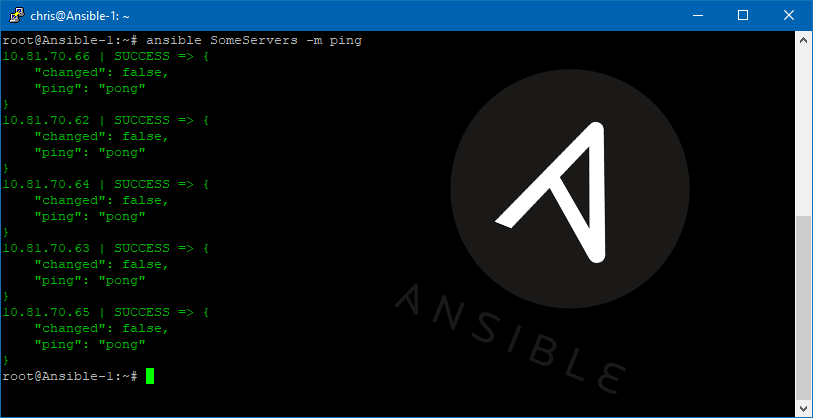Ansible is not hard to use, nor complicated to setup.
It can be setup from scratch rather fast.
You only need one server where Ansible is installed, and preferably many hosts to connect to.
Below the very basic to start.
On the Ansible server, run:
apt update
apt install ansible
That’s it for the installation! Now that was easy.
We also need a private key to connect to the hosts.
To create a key, run:
ssh-keygen -t rsa -b 4096
Leave the passphrase blank
Now type:
cat /root/.ssh/id_rsa.pub
and add this key to your hosts
echo “the-output-of-the-above-command” >> /root/.ssh/authorized_keys
We need to tell Ansible to start using this key file by default. This can be done by modifying the /etc/ansible/ansible.cfg file.
Edit the file using your favorite editor and change the private_key_file value accordingly
# if set, always use this private key file for authentication, same as
# if passing –private-key to ansible or ansible-playbook
private_key_file = /root/.ssh/id_rsa
Save and exit.
We need hosts to connect to. These are saved in file /etc/ansible/hosts
Edit this file using your favorite editor and add some servers in a group, as shown below.
[SomeServers]
10.81.70.62
10.81.70.63
10.81.70.64
10.81.70.65
10.81.70.66
Save and exit.
Time to test!
Run: ansible SomeServers -m ping
Done. Hurray! 🙂
